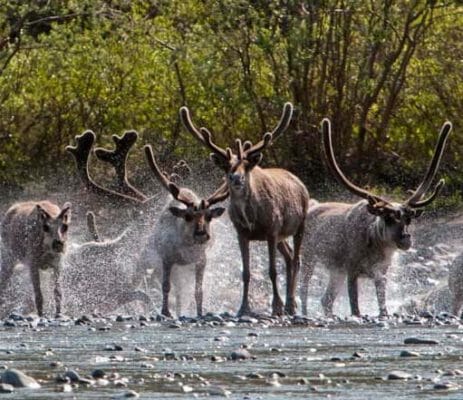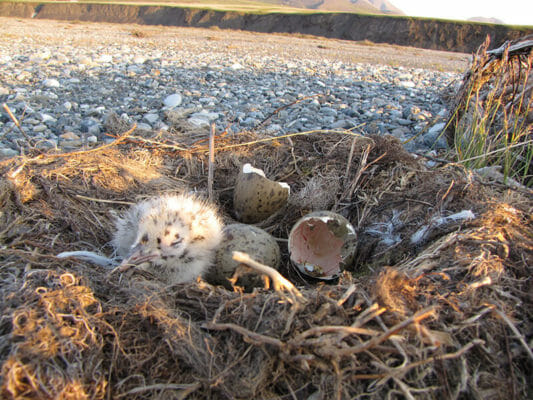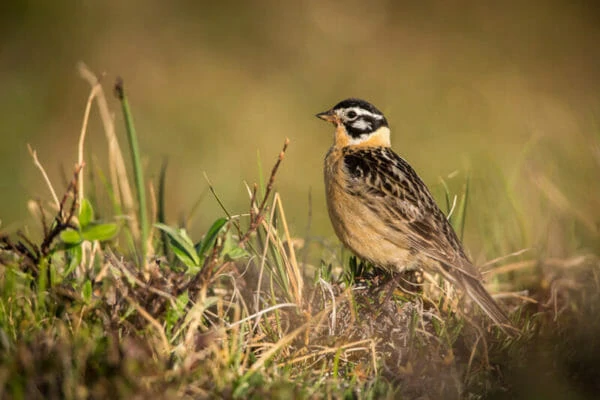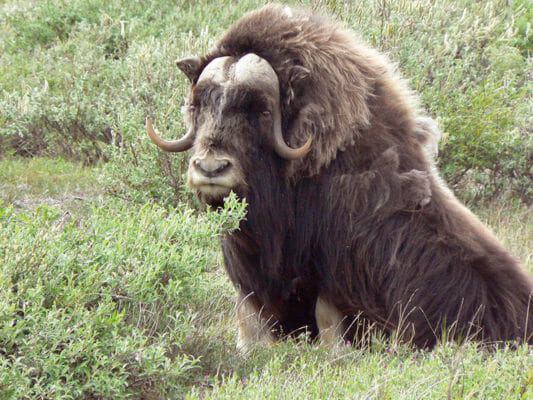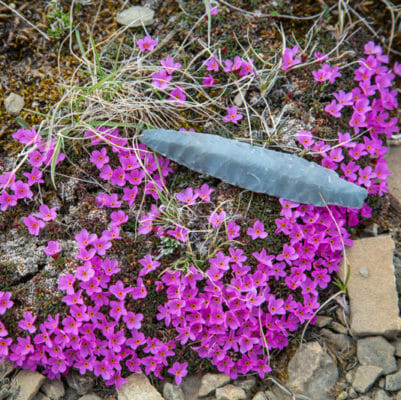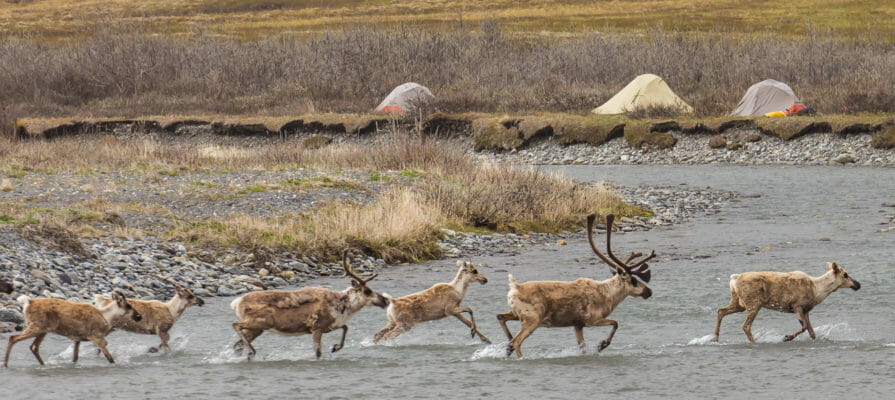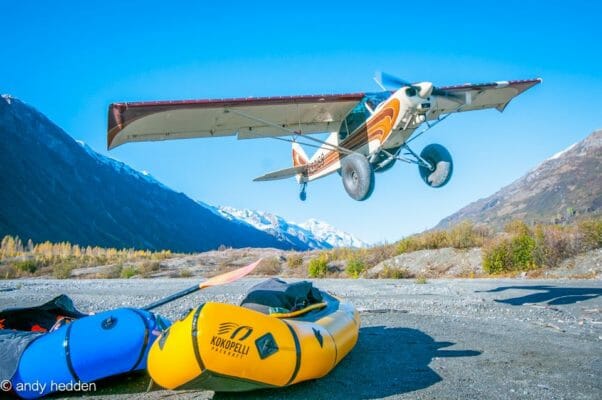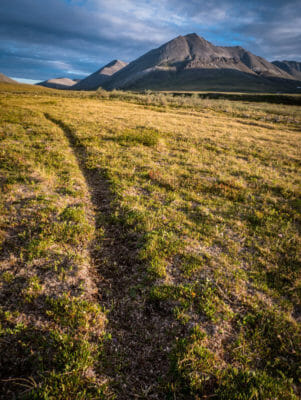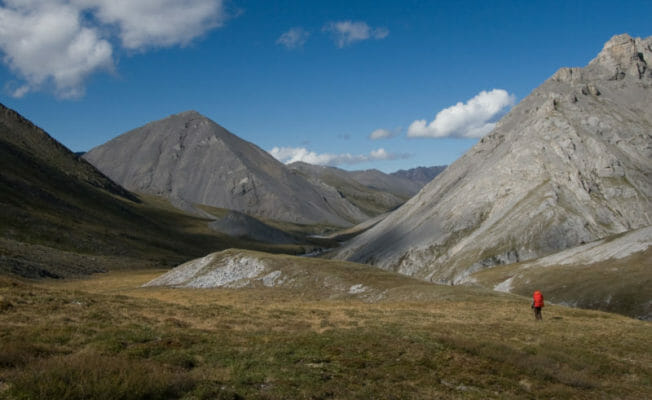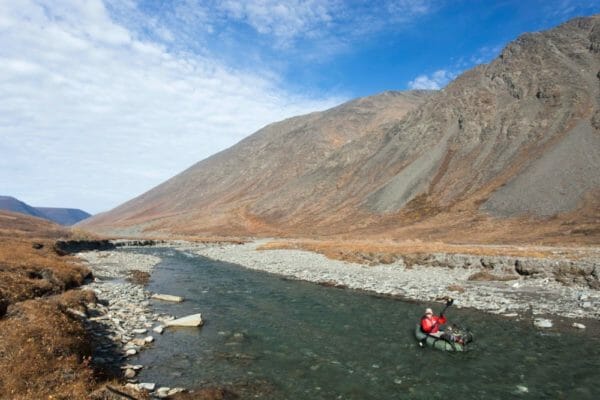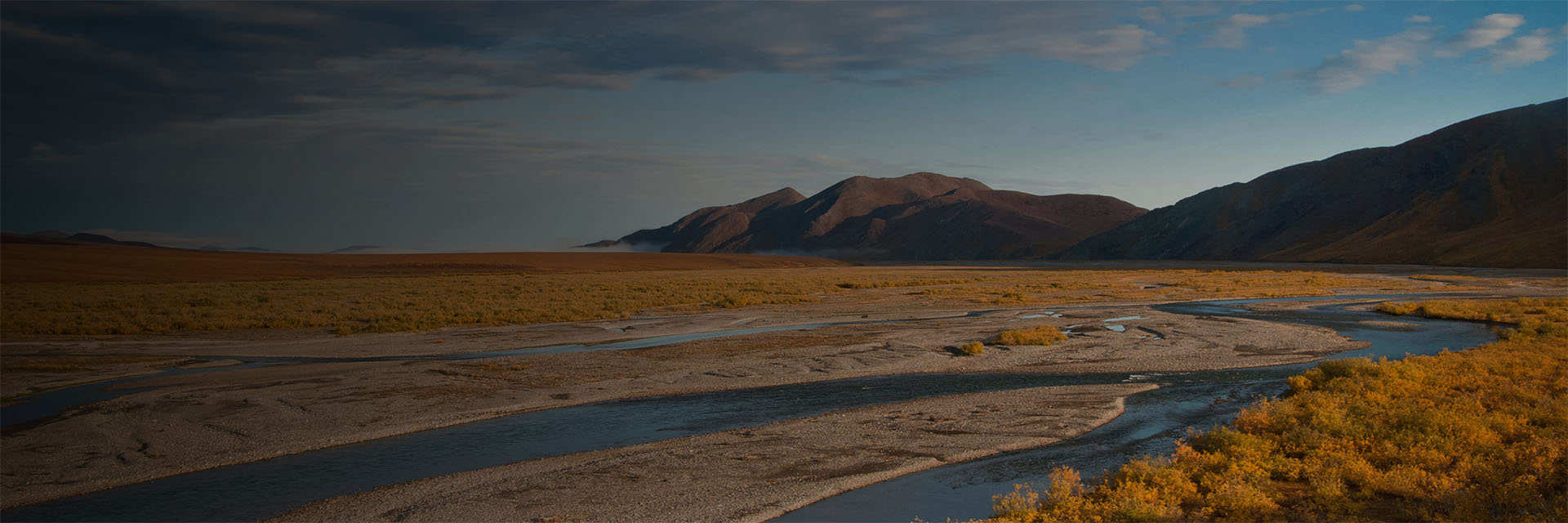Last updated: August 17, 2019
Itinerary
What follows is a general flow of events. Expect the unexpected and prepare to be flexible.
June 18
Meet with your guide for a pre-trip meeting at 6:45 pm in Kotzebue
June 19
We fly north from Kotzebue and over the Brooks Range to the “North Slope” We’ll use two planes this day. The guide will go first in the Super Cub and will search-out the caribou and a suitable landing area. You’ll follow along in a larger plane and will land within 20 or 30 miles of the intended camp. From there the Super Cub will shuttle you to the camp and then the planes will leave you in peace. Hike and (with luck) spend the rest of the day watching caribou calves frolicking in the sunshine.
June 20 - 21
We spend our time exploring the area looking for caribou and other wildlife. Your guide will lead hikes in hopes we can place ourselves in a hidden location in the path of the caribou. There will be times when no caribou are present, but there is no end to the beauty of the arctic.
June 22
Despite all our research, flying, and preparation, it is possible that we were not able to find big groups of caribou on the first day. Or perhaps they were in an area with no suitable landing area and we camped nearby hoping they would come closer, and they, being wild and unpredictable went the other direction. If for whatever reason we’ve missed the mark on getting into the herds, the Super Cub will return and shuttle us one at a time to a new location. Where we will setup camp and resume our search/ observations of caribou.
June 23
Another full day to enjoy the solitude and beauty of North America’s greatest wilderness. More hiking and wildlife watching is the order of the day.
June 24
We say our last goodbyes to the caribou and meet our bush pilot for our flight over the mountains to the headwaters of the Kivilina. We can camp near the strip or start hiking down river. Packs will be heavy with packrafts and a resupply of food.
June 25
It is about 10 miles from the airstrip to where we expect the Kivilina River is big enough to paddle. If we started the walk on the first day, then we ought to be able to camp at the start of the float trip. Time to reconfigure our packs and inflate the packrafts before taking an evening hike on one of the long rocky ridges.
June 26 - 28
We have lots of time to savor the country. We can hike onto the Dragon Back, fish the clear pools for record breaking char or if lucky perhaps the edge of the Western Arctic herd will re-cross your path and you can scan the herd to see if you recognize any of the caribou (joke). If the water is low the 30 miles of paddling will require two long days or the bulk of three days. If the water is high you’ll have more time to hike and lounge and explore. It is more likely to be low at this time of year but you never know what the Arctic will bring.
June 29
At the edge of the mountains you’ll roll-up the rafts and pack your packs one last time. When you hear the hum of the propeller you can say goodbye to the tundra and wing back to Kotzebue arriving late in the afternoon.






